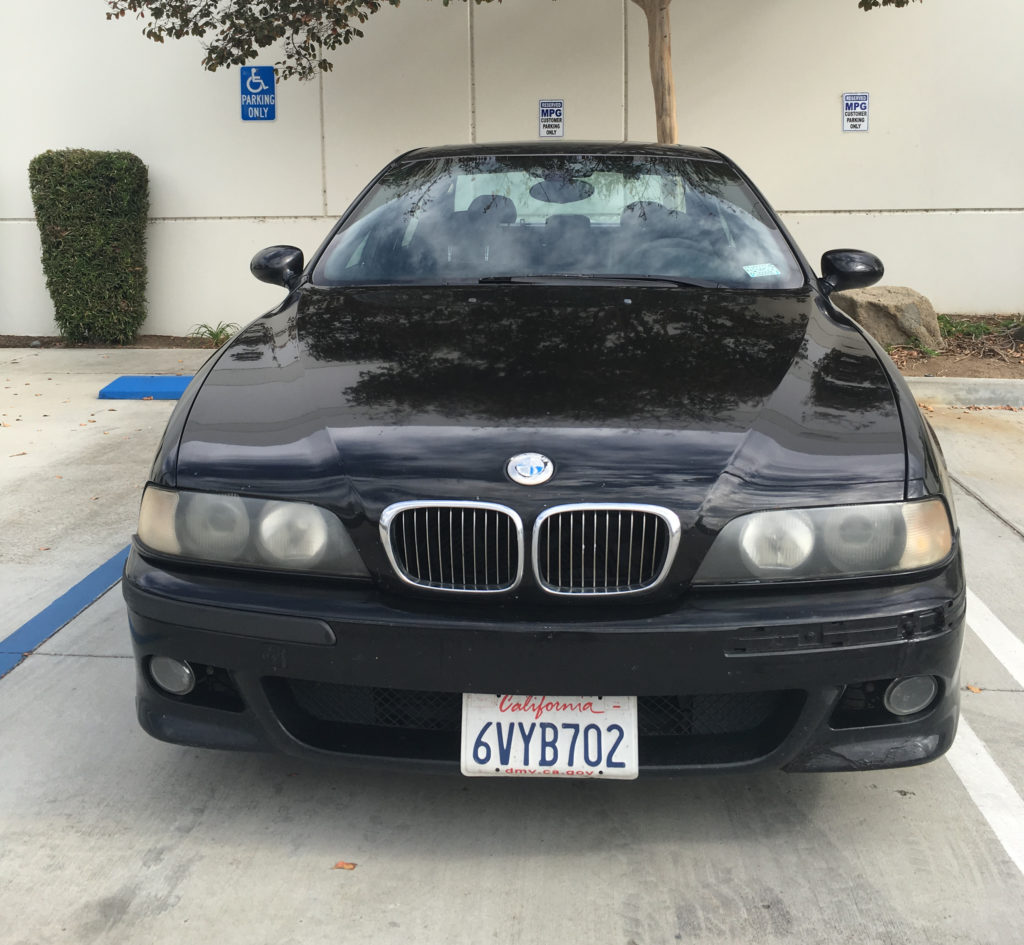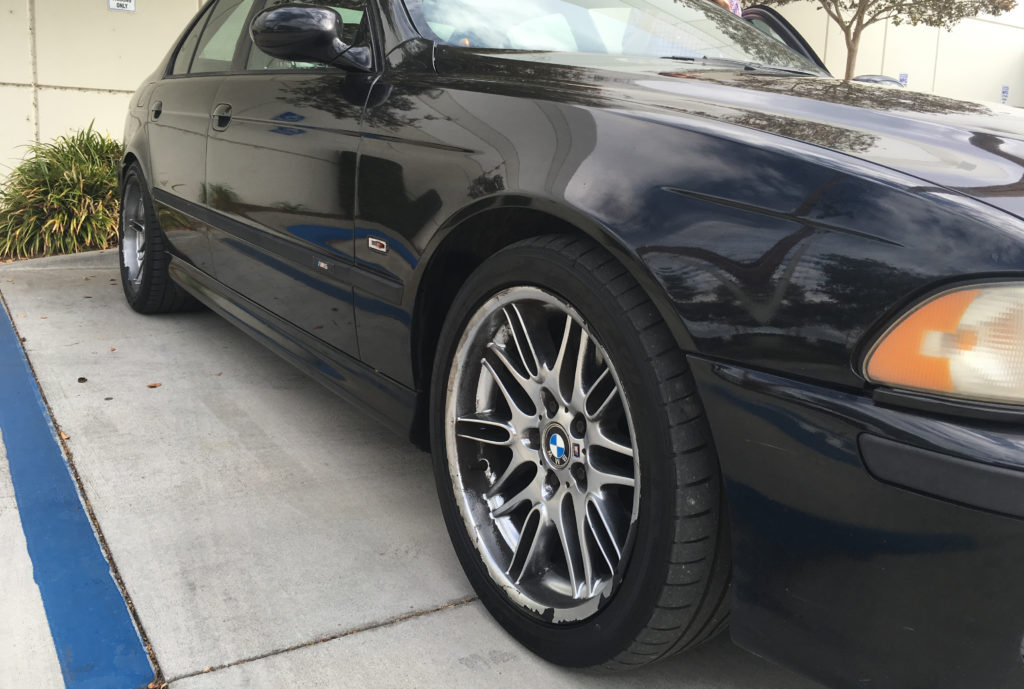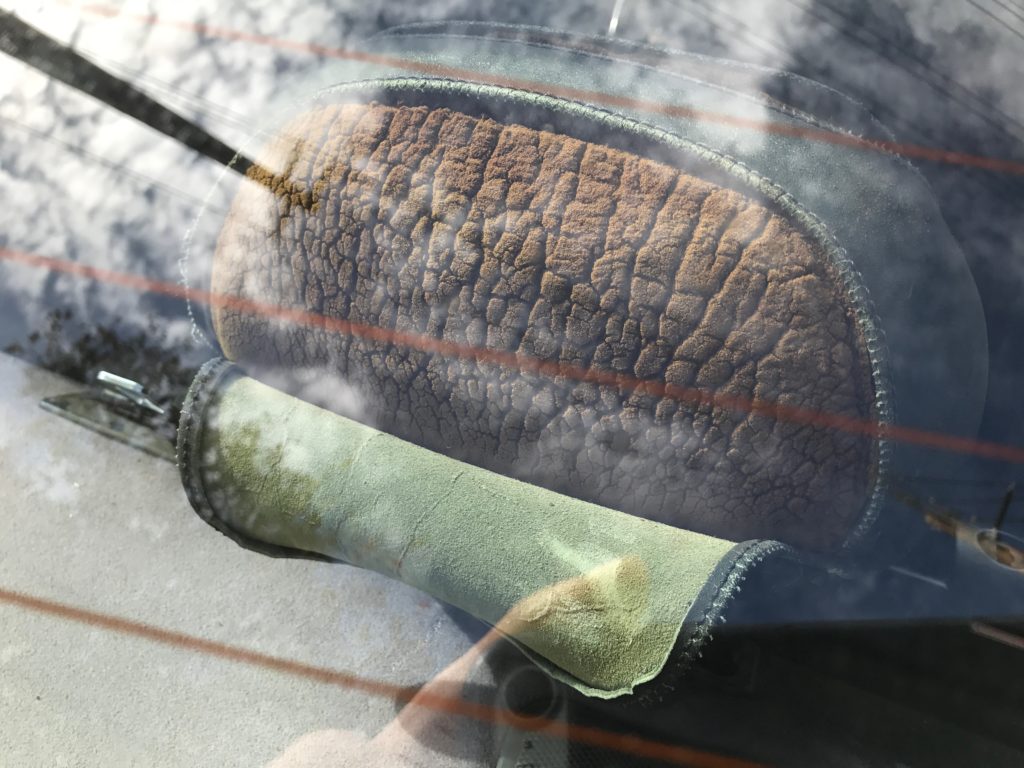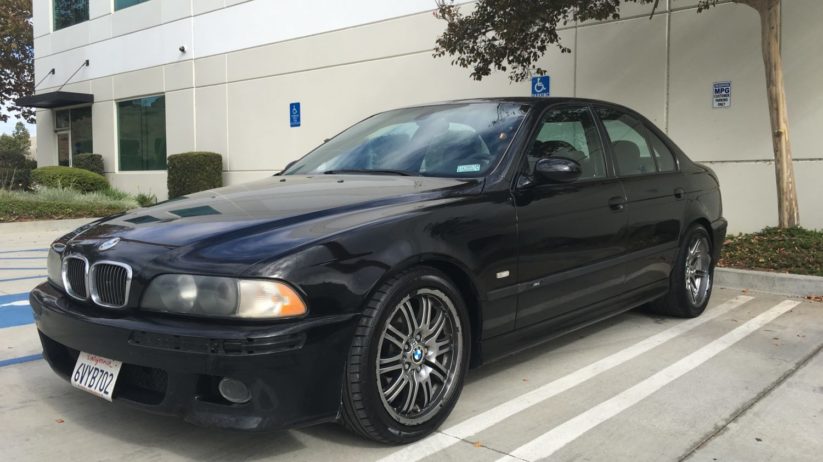The modern automobile is something to marvel at, isn’t it? All of those parts, systems and pieces of technology working together not only to move you from here to there, but also to create a certain driving experience. You might not think of it when you’re being transported like a piece of cargo in the back of an Uber or Lyft, but even the econoboxes that dominate our roadways were all painstakingly crafted by teams of engineers and designers, with innumerable often-overlooked details tested, altered, redesigned, and then tested again.
The finite details and other elements that make a certain car what it is are, of course, much more apparent on the types we like to celebrate, and there’s even an entire world of concours competition for those who want to take preservation, cleanliness, or some combination of the two to absolutely spectacular levels.
But today, instead of showcasing some remarkably well kept example of whatever rare, low production, or otherwise special BMW you can conjure up, we’ll be doing the exact opposite. The E39 M5 on display here is a dose of reality.
Never mind that someone let one of the most celebrated BMW models in recent memory go to seed, this car stands as an example not only of how bad certain things can get, but of what’s being driven around out there. Records indicate that the car no longer has current registration in California, and although almost anything can be brought back from the brink of being scrapped, the amount of money to make this M5 right again would surely outweigh any potential value. Let’s get started.

This 2000 M5 looks to have a body that’s straight, with decent paint, but photos only tell a portion of the story. Although the finish looks consistent, the entire exterior is covered in some of the roughest orange peel out there. The original color was black, but the current paint looks like it might be a budget single-stage job after factory clear-coat failure, or perhaps after some kind of accident. Both of the bumpers are also damaged, with missing trim, and part of the rear diffuser is gone as well.
The lights look correct for an early model, but in addition to some common etching on the front, one of the taillamps may also be wearing a bit of overspray, and the condition of the xenon bulbs and the automatic leveling system that makes anti-dazzle possible is anyone’s guess. The familiar E39 M5 shape remains overall, but as soon as you approach, things begin to come apart.
The wheels are interesting all by themselves. As with the repainted body, it’s likely that the factory Style 65 M double-spokes were refinished, as their captured state looks like the result of something beyond the usual caked-on brake dust that BMWs are known for. The barrels of both rears show heavy chipping of the finish, which has also crept up onto the spokes. Interestingly enough, the driver’s front side had also been swapped for an E46 M3 Style 67 eighteen-inch wheel, which is exhibiting more of the same rot.
So, a pair of new bumpers, fresh trim, replacement lights, and either a professional wet-sanding of the paint or a completely new finish: Don’t forget wheels and tires. It looks like the fronts are still available new, but the rears are another story, and are likely to be even more expensive. We’ve yet to open one of the doors, and it looks like this poor old E39 M5 is already headed for a write-off.

I previously owned an E36 M3 that was in very nice overall condition, but the car was unfortunately suffering from UV-damaged threads on the rear headrests. Mine had yet to split open, but a friend who had the lighter-gray interior upholstery showed me that his had already given way. We speculated about what to do, and were both disappointed when we learned that our otherwise clean interiors couldn’t be made nearly perfect with re-sewn headrest seams, and that a full upholstery restoration was necessary.
Back to this M5: The photo below is a brief preview of its cabin. The split seams in late-model E36 M3s were nothing compared to this; not only has the leather completely split everywhere it meets another panel, it’s also curled back to reveal the innards. The foam displays more evidence of prolonged sun exposure, which likely began when it was baking beneath the black Nappa leather, with more continuing once it was exposed—a satellite view of Martian terrain was the first thought that came to me.
Cars aren’t meant to last forever, and some enthusiasts paint their sun-bleached rear parcel shelves black or having the part re-wrapped, but what’s on display here is nothing short of another realm of decay, with individual materials beginning their slow march toward an inevitable return to their core elements.

If memory serves, nearly every window was broken one way or another, either being off track or with an inoperative regulator. The A/C blew cold air, though, and although navigation was long inoperative, the system reportedly still had the capability of playing music. Upholstery on the front seats was not unlike that of the rear headrests, with different forms of wear taking hold in various areas. In addition to a few split seems on the driver’s side, the hides look very worn on the passenger side, along with some liquid stains from who-knows-what.
The steering wheel is another example of advanced decomposition, with the leather-wrapped rim’s surface having given way to the stickiness lurking beneath. The illuminated shift knob’s pattern badge was also gone, and don’t even ask about the cup-holders.
Reupholstering the interior using the correct leather, with an end result that follows factory form, isn’t cheap for one of these cars. Upgrading to a slightly newer LCI three-spoke sport steering wheel isn’t unheard of, but examples in good condition aren’t inexpensive, either. Replacing trim and either fixing or updating the navigation system to the preferable 16×9 aspect-ratio design is another thing to consider, and don’t forget about the window regulators. Illuminated shift knobs with attached gaiters have never been inexpensive in the BMW catalog, either—and just like that, the interior has broken the bank as well.

Sadly, I neglected to grab any shots of the engine compartment, but there’s a story here, too. Despite having multiple leaks, a myriad of illuminated warning lights, and who knows what amount of deferred maintenance and repairs, the car still runs and drives reasonably well. I say reasonably because the clutch is heavily worn, but the M5 still rose to the occasion in terms of performing the basics like driving up the street, stopping, and turning. There was audible timing-chain rattle on startup, and some other odd noises during idle, but there still seemed to be plenty of motivation on tap from the S62B50 quad-cam 32-valve V8, which originally developed nearly 400 horsepower.
After verifying that the brakes worked and pushing the sport button, I found that a single full-throttle pull resulted in the electronically actuated individual throttle bodies getting stuck in their likely blow-by-caked trumpets at WOT. Getting past the bouncing rev limiter and noise, a simple depressing of the clutch and shifting into neutral avoided potential disaster.
And there you have it. Isn’t it incredible how things come apart? Hopefully, some of us feel a bit more justified in our efforts to keep our pride-and-joy vehicles up to spec. Some years ago there was a fascinating show on the History Channel titled Life After People, which posited that some 10,000 years after humans have vanished from earth for whatever reason, there would be almost no evidence that we were ever here aside from a few massive structures like the Hoover Dam and the Great Pyramids of Giza. The same applies to cars, but on a much shorter timeline. Before long, everything seems to wish itself back to its core elements, whatever they may be. So the big question is, what would you do with this M5?—Alex Tock
[Photos by Alex Tock]





















